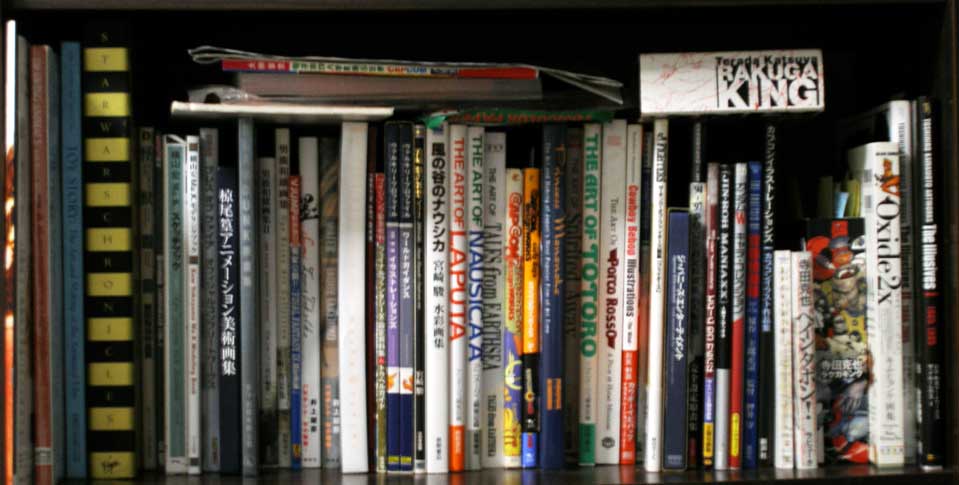Just to expend a bit more for creature texture painting Color Maps, which also expends from
Color maps - Do a quick and dirty maps and set the render up b4 tweaking. Just to see how the lights are interacting with the maps. Balance out your shaders, define you color space Then Paint. Do not go back and forth, render, re-render, paint, etc... very time consuming.
1.) Have your approved reference. Remove specular highlights either by Replace Color in photoshop or clone tool or just paint over.
2.) Pick out some color values from the images and build a rough color map. Just the very rough version. You can even just slap on the color corrected reference images. It doesn't matter. We just want the color and tonal values.
3.) Run your turntable and your subsurface scattering shader if you have one. Use the color that is around the softest part of the creature for the color.
4.) Color correct your color maps and reference images to compensate for the sub surface color.
You will be extracting stuff from the reference images, so that is why you must also color correct them.
5.) Overlay your converted 8 bit extracted displacement maps over and build your color maps with brushes and stuff. Use the extracted displacement as guides. Extract low and high freq maps and overlay them if needed.
6.) PAINT.
Next up interpreting Call out sheets.
What I tell myself everyday.
To all the people watching, I can never ever thank you enough for the kindness to me, I'll think about it for the rest of my life. All I ask is one thing, and this is.. I'm asking this particularily of young people that watch: Please do not be cynical. I hate cynicism - for the record it's my least favorite quality, it doesn't lead anywhere. Nobody in life gets exactly what they thought they were going to get. But if you work really hard and you're kind, amazing things will happen. I'm telling you, amazing things will happen." - Conan 'O'Brien
